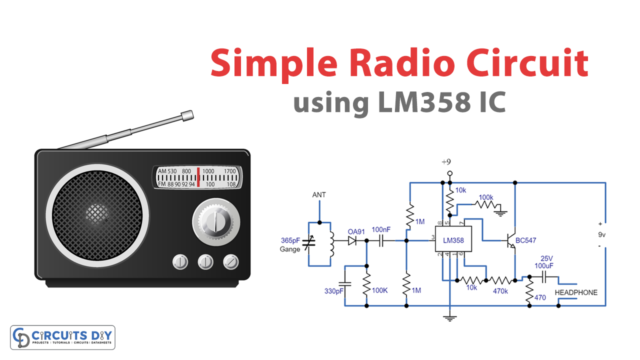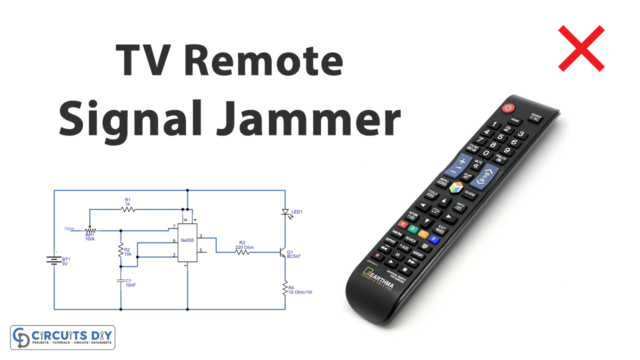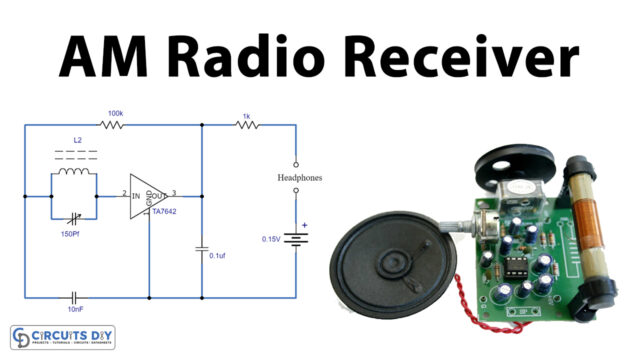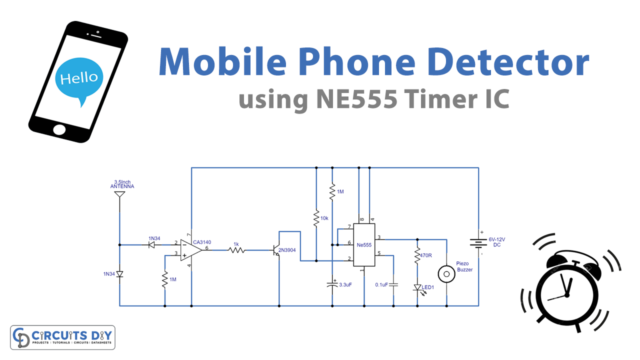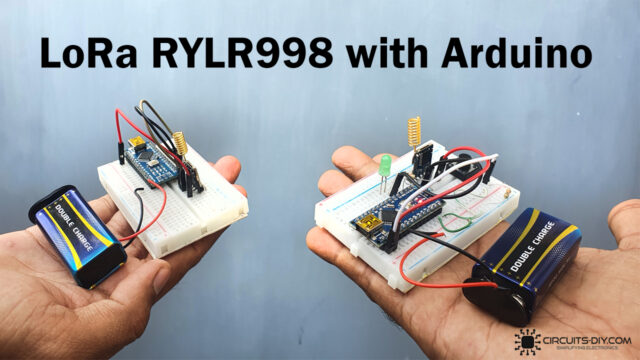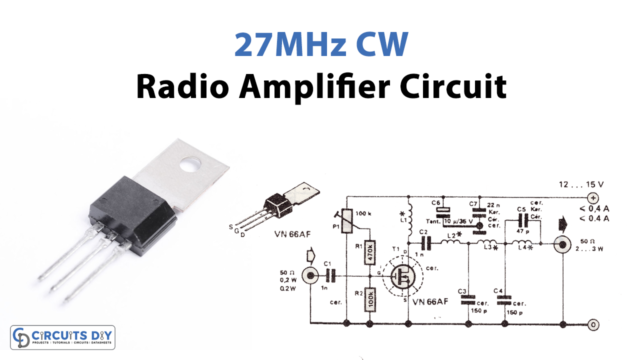In this tutorial, we are demonstrating an Easy Cell Phone Detector using LM324 IC. The circuit is very sensitive and can detect a mobile phone from 10 to 20 meters away. The detection range also relies upon the variety of mobile phones you are using, because all mobile phones create various signals, for instance, some will detect from 5 meters away, some from 10 meters, and some from 20 meters. The circuit can’t detect voice substance; it will just detect the encoded signal. Mobile phones produce these encoded signals when you get or do calls or send or get SMS on your mobile phone.
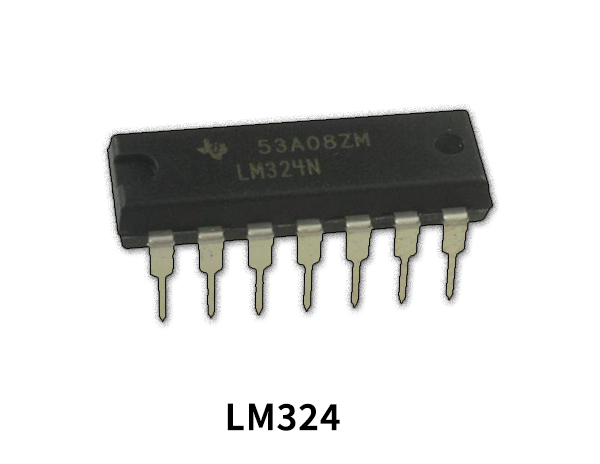
Hardware Components
The following components are required to make a Phone Detector Circuit
| S.no | Components | Value | Qty |
|---|---|---|---|
| 1 | IC | LM324 | 1 |
| 2 | Transistor | 2N4401 | 1 |
| 3 | Diode | 1N34 | 2 |
| 4 | Antenna | 3 inch | 1 |
| 5 | Piezo Buzzer | – | 1 |
| 6 | LED | – | 1 |
| 7 | Ceramic Capacitor | 1nF | 1 |
| 8 | Resistor | 470Ω, 1K | 1, 1 |
| 9 | Battery | 4.5 – 12V | 1 |
| 10 | Variable Resistor | 100k | 1 |
LM324 Pinout
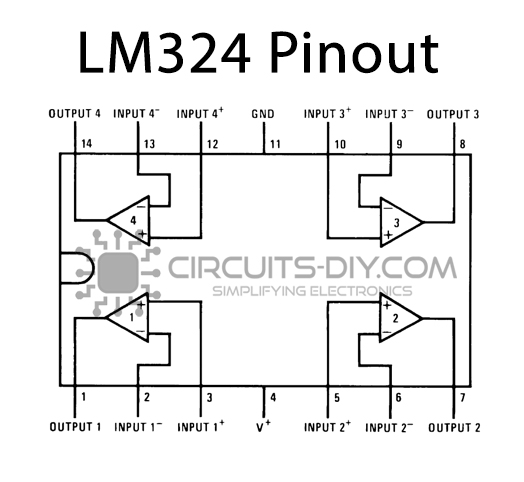
For a detailed description of pinout, dimension features, and specifications download the datasheet of LM324
Phone Detector Circuit

Working Explanation
This circuit diagram is a simple project of a cell phone detector. The circuit is extremely simple to fabricate and utilizes low-cost parts. The core of the circuit is an LM324 Quad Op-Amp IC. The IC contains four high increased Op-Amps. Be that as it may, in this circuit we have utilized just one of them. At the yield of the IC, a 2N4401 transistor is associated to drive the LED and a piezo buzzer. You can also expel the LED or piezo buzzer as wanted. The Number of LEDs can also be expanded. The number of LEDs should not be expanded from 25. The working voltage of the circuit is 4.5V to 12V DC. If you are working the circuit with a lower voltage than 9V, at that point change the current limiting resistor value of the LED from 470 ohms to 220 ohms in all LEDs.
Applications and Uses
The circuit can be used for some reasons for example finding a lost mobile phone, detecting mobile phones in examination halls or where mobile phones are not allowed, and so on.

